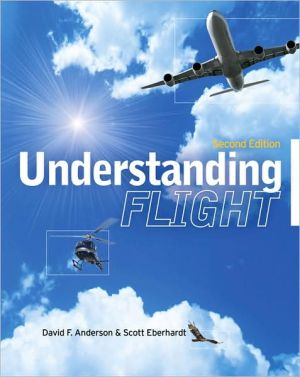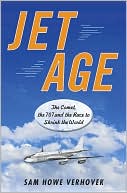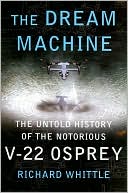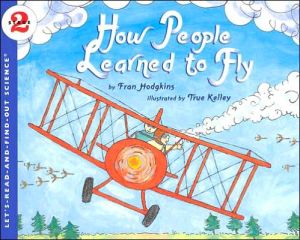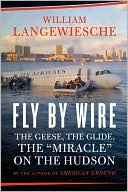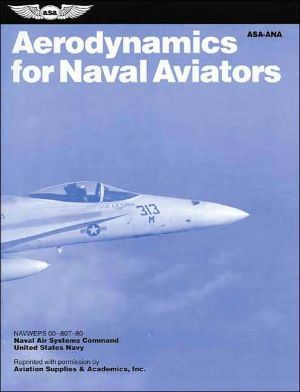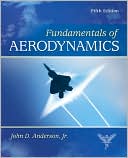Understanding Flight
Discover how planes get—and stay—airborne\ Now you can truly master an understanding of the phenomenon of flight. This practical guide is the most intuitive introduction to basic flight mechanics available. Understanding Flight, Second Edition, explains the principles of aeronautics in terms, descriptions, and illustrations that make sense—without complicated mathematics. Updated to include helicopter flight fundamentals and aircraft structures, this aviation classic is required reading for...
Search in google:
Get to the heart of how planes flyNever before has it been so easy to grasp how planes fly! Of keen importance to pilots, essential to engineers, and intriguing even to the earthbound, the principles of flight are often parroted but widely misunderstood. Now you can be among those who truly get it. The simplest way to master an understanding of the science of flight. This enlightening book helps you bypass common distortions, misconceptions, and half-truths and genuinely understand how aeronautics works. This book gives you brain- and gut-level understanding of what gets you up there and keeps you up there! *Explains flight in simple, intuitive terms *Spares you misinformation and confusion—this book gets it right and tells it right *100 high-impact illustrations show you lift, propulsion, and design at work *Provides practical insights pilots can use for improved performance and safety *Demonstrates the why's and how's of wing shape, plane construction, flight testing, and high-speed flight *Written by pilots (one a physicist and the other a professor of aeronautics) *Perfect for beginning pilots Flight Training "Among student pilots, there are varying degrees of enthusiasm for the science of aerodynamics. Some prefer knowing the equations behind the principles, but many are content to learn just enough to keep the airline sunnyside up. Instructors find a quandary here: They don't want to bury an uninterested student in complexities, so they may gloss over important principles in order to keep things brief. In doing so, they risk introducing misconceptions. In fact, depending on their own training, they may not possess the depth of knowledge to explore these concepts with students who are intrigued by the math describing the motion. Both parties can be satisfied with a new book, Understanding Flight, by David E. Anderson and Scott Eberhardt. Anderson, a scientist at Fermi National Accelerator Laboratory, and Eberhardt, an associate professor of aerodynamics and astronautics at the University of Washington, are both private pilots. After laying the groundwork by introducing a few simple concepts-the right ones-they go on to develop a different way of thinking about how airplanes fly. Later chapters delve into high-speed flight and aerodynamic testing. The math is basic enough for any high school graduate to understand and examples pepper the book..."
Introduction Chapter 1. Principles of Flight Chapter 2. Wings Chapter 3. Stability and Control Chapter 4. Airplane Propulsion Chapter 5. High-Speed Flight Chapter 6. Airplane Performance Chapter 7. Aerodynamic Testing Chapter 8. Helicopters and Autogyros Chapter 9. Structures Appendix A. Basic Concepts Appendix B. Misapplications of Bernoulli's Principle IndexDavid Anderson is a lifelong pilot. He holds a Ph.D. in Physics from Columbia University.Scott Eberhardt works in high-lift aerodynamics with Product Development, at Boeing Commercial Airplanes.
\ Flight Training"Among student pilots, there are varying degrees of enthusiasm for the science of aerodynamics. Some prefer knowing the equations behind the principles, but many are content to learn just enough to keep the airline sunnyside up. Instructors find a quandary here: They don't want to bury an uninterested student in complexities, so they may gloss over important principles in order to keep things brief. In doing so, they risk introducing misconceptions. In fact, depending on their own training, they may not possess the depth of knowledge to explore these concepts with students who are intrigued by the math describing the motion. \ Both parties can be satisfied with a new book, Understanding Flight, by David E. Anderson and Scott Eberhardt. Anderson, a scientist at Fermi National Accelerator Laboratory, and Eberhardt, an associate professor of aerodynamics and astronautics at the University of Washington, are both private pilots. After laying the groundwork by introducing a few simple concepts-the right ones-they go on to develop a different way of thinking about how airplanes fly. Later chapters delve into high-speed flight and aerodynamic testing. The math is basic enough for any high school graduate to understand and examples pepper the book..."\ \ \
